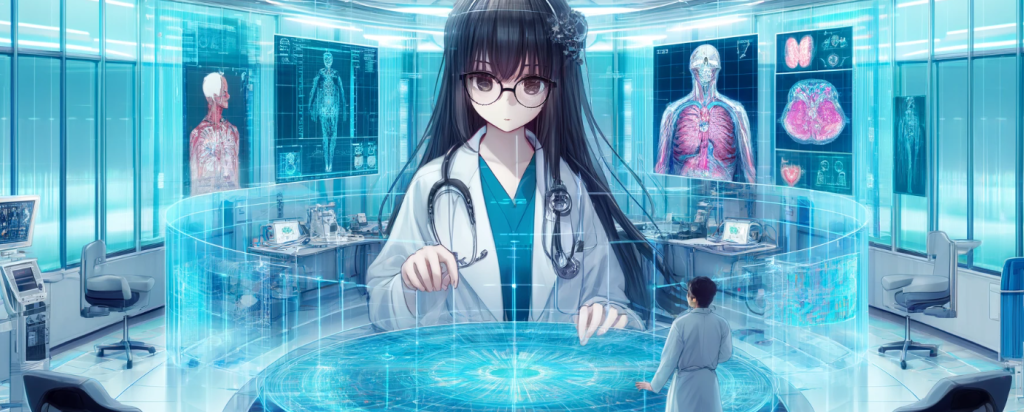by Dennis Crouch
The recent eligibility decision in AI Visualize v. Nuance, __ F.4th __ (Fed. Cir. 2024), gives me pause to consider more general eligibility issues of AI Inventions. When does the design or creation of AI system elements qualify as an eligible invention? In his recent article, Prof. Nikola Datzov wrote what we have all been thinking: "Innovative applications of AI are everywhere we look [and are] revolutionizing our society." Nikola L. Datzov, The Role of Patent (In)Eligibility in Promoting Artificial Intelligence Innovation, 92 UMKC L. REV. 1, 4 (2023).
In AI Visualize, the Federal Circuit
To continue reading, become a Patently-O member. Already a member? Simply log in to access the full post.
